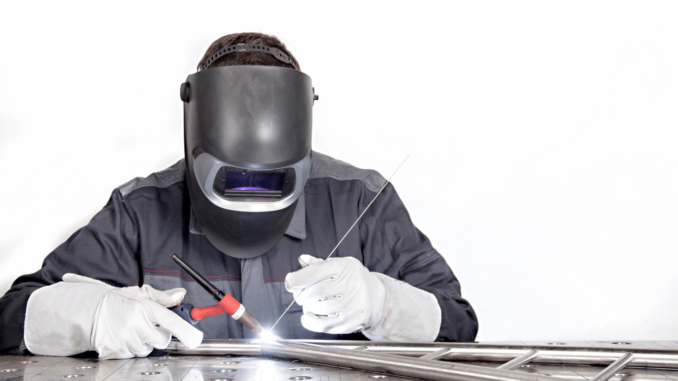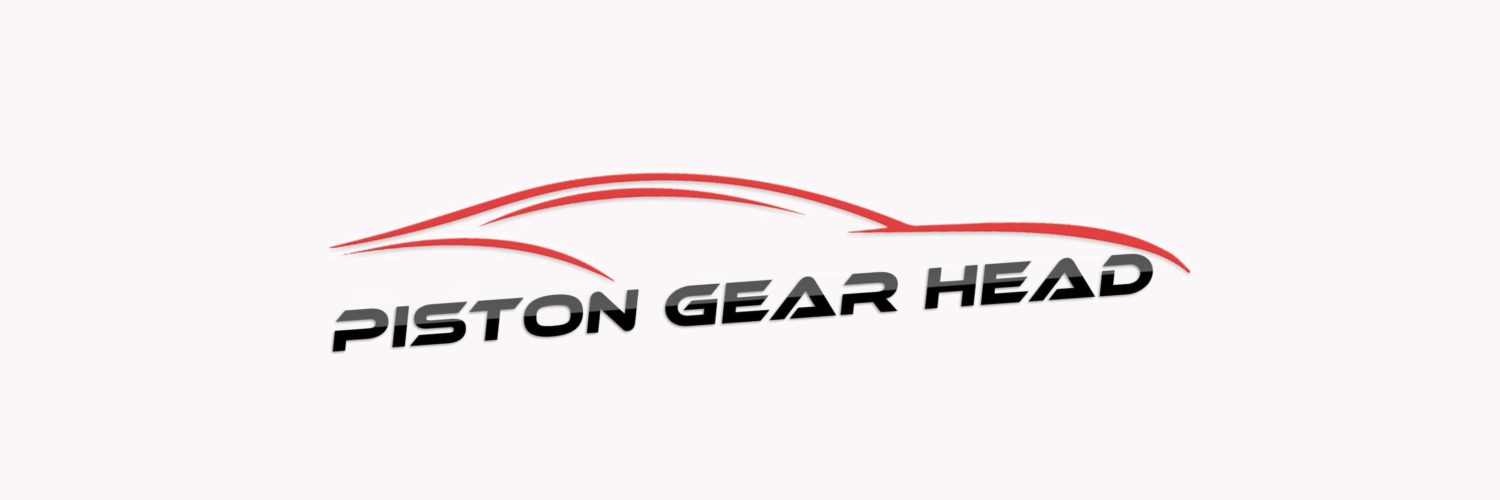
Welding helmets are a crucial piece of safety equipment for welders, as they protect the face and eyes from the intense light and heat generated by the welding process. When shopping for a welding helmet, there are a few key factors to consider to ensure that you get the right helmet for your needs.
First and foremost, you’ll want to consider the level of protection offered by the helmet. Look for helmets that meet or exceed the safety standards set by organizations like the American National Standards Institute (ANSI) and the International Safety Equipment Association (ISEA). These standards ensure that the helmet will provide adequate protection against the hazards of welding.
Next, think about the type of welding you will be doing. Different types of welding, such as MIG, TIG, or stick welding, may require different types of helmets. For example, a helmet designed for TIG welding may have a smaller viewing area and more precise controls for adjusting the shade level, while a helmet for MIG welding may have a larger viewing area for improved visibility.
Another important factor to consider is the helmet’s comfort and fit. Look for a helmet that is lightweight and well-balanced, with an adjustable headgear for a secure and comfortable fit. Some helmets also come with additional padding for added comfort.
You should also consider the helmet’s lens. Many welding helmets now come with auto-darkening lenses, which automatically adjust the level of shade based on the intensity of the welding arc. These can be a great option, as they allow for a clear view of the workpiece while welding and can save time and improve efficiency.
Lastly, the helmet’s durability and warranty are also important to consider. Look for a helmet that is made of durable materials and has a warranty that will cover any defects or issues that may arise.
In summary, when shopping for a welding helmet, consider the level of protection, type of welding, comfort and fit, lens, and durability and warranty. By taking these factors into account, you can find a helmet that will meet your needs and provide the protection you need while you weld.

Leave a Reply
You must be logged in to post a comment.